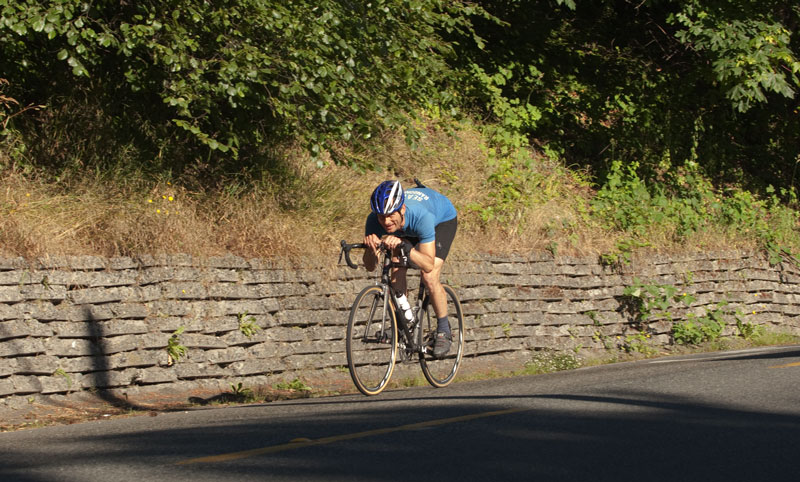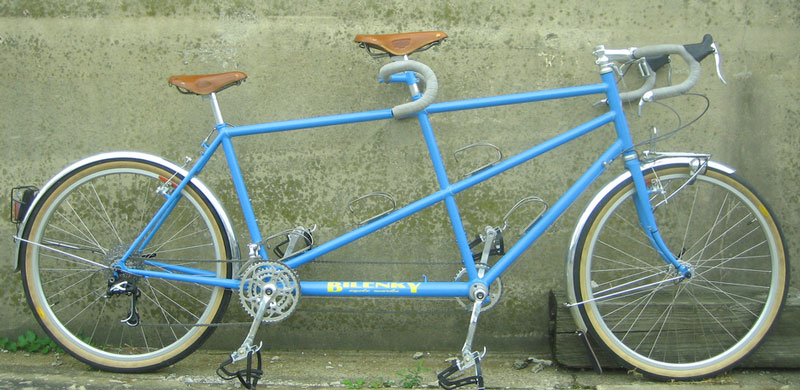Bike Tests

Good bike tests provide information that allow you to choose a bike that is right for you. Your bike need not look like the one that was tested, because it often can be customized to your personal tastes.
When we test a production bike, the bike we test is the bike that you would buy. If you don’t like the components, you’ll have to buy another set and replace them, which significantly increases the price of your bike. Thus, it makes sense to comment on each part and how it affects the feel and performance of the bike.
Testing custom bikes is different, as they are built to suit the customer’s preferences. That means if you don’t like the handlebar shape or derailleurs on a test bike, you can order your bike with different components. Or if you want a different geometry, the builder may be able to accommodate it. To reflect this, our tests of custom bikes convey two levels of information:
- How well the test bike performed for us. This is useful for readers who plan to order a similar bike, no matter which builder they choose. Here we discuss geometry, tubing choices, components, etc., and how everything works together.
- How well the builder crafted the bike. This is useful for readers who consider ordering a bike from this builder, even if their bike would be somewhat different from the one we tested. Here we look at the quality of the construction, the design and how well the various components and other parts (fenders, racks, lights) were integrated into the complete bike.
Of course, it often is hard to separate 1. and 2. After all, the builder sent us a bike they thought would work well, so if the geometry doesn’t offer precise handling, and if the components don’t work well together, then there is little guarantee that a customer’s bike with different parts would be much better. After all, a good builder will steer the customer toward a specification that works well, rather than leaving it up to the customer to figure out how to design the bike.
The best bikes we have tested worked together as a seamless unit. In those cases, the skills of the builder went beyond brazing the frame. The builder designed and built a complete bicycle where every part was carefully considered, and the whole was more than the sum of the parts.
This type of skill usually is transferable, rather than being limited the immediate bike we tested. For example, if somebody can build a great 650B randonneur bike, there is little doubt that their 700C version will ride just as well. (The corollary does not always apply: fitting wide 650B tires into a frame is much harder than designing a bike for narrower 700C tires.)

A good example is the Bilenky tandem we tested in Vol. 9, No. 2 (above). Our test bike was set up with multiple racks for a full camping load. It rode beautifully, but it was a bit on the heavy side. (This didn’t keep us from riding the tandem in a 400 km brevet at an average speed of 30 km/h, including stops.)
Does this mean that if you want a lightweight tandem, you should go somewhere else? Of course not; removing weight from the tandem we tested would be pretty easy.

In fact, Bilenky recently completed a similar tandem (above) that they claim to weigh 3 kg (6.6 lb) less than our test bike, simply by eliminating the extra racks and using lighter-gauge tubing.
We hope that most readers find our reviews useful and don’t get sidetracked by details that are easy to change.


